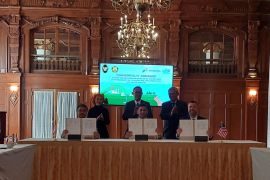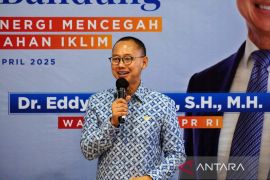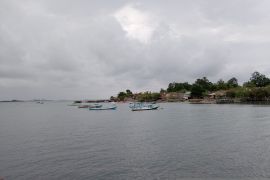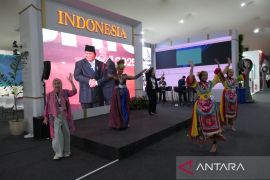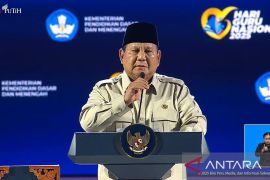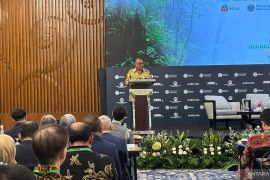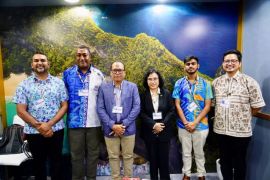Utilization of clean energy, such as CCUS, has become the primary consideration in ensuring availability, affordability, sustainability, and competitiveness to achieve energy sovereignty as well climate resilience and for a low carbon future.Jakarta (ANTARA) - The Indonesian Government has encouraged to use the carbon capture, utilisation, and storage (CCUS) technology to develop oil and rare earth gas fields to lower the impact of climate change due to emission from mining activities.
"Utilization of clean energy, such as CCUS, has become the primary consideration in ensuring availability, affordability, sustainability, and competitiveness to achieve energy sovereignty as well climate resilience and for a low carbon future," official from the Energy and Mineral Resources Ministry Tutuka Ariaji noted in a statement quoted here on Thursday.
Ariaji affirmed that energy transition, as the core of climate change mitigation, plays a key role for Indonesia in reducing carbon emissions and achieving the carbon neutral target by 2060.
The official opined that the CCUS technology used for energy development and for enhanced oil recovery (EOR) had become one of the important discussions in reducing carbon dioxide emissions.
"CCT or CCS and Net Sink clean technology is really needed for a shift toward green energy. Gas is a fossil energy that could become an eco-friendly energy using CCUS," he asserted.
Related news: Indonesia needs Rp3,461 trillion to tackle climate change: minister
"We observe that green energy in future will certainly be renewable energy. To this end, we need an energy transition strategy," Ariaji noted.
The CCUS application study on oil and rare earth gas fields in Indonesia has been conducted since 2011 in the Gundih field, Central Java, in collaboration with the Bandung Institute of Technology (ITB), J-Power, and Janus.
Moreover, the EOR carbon dioxide project in being conducted on Sukowati field by Pertamina EP, a subsidiary of state-owned oil company Pertamina, Japan Petroleum Exploration (Japex), along with Lemigas Research and Development Center of Oil & Gas Technology, a department under the Ministry of Energy and Mineral Resources.
Other projects comprise the carbon dioxide Source-Sink Match by ITB and Janus as well as the CCUS/CO2-EGR project in Tangguh by BP Berau LTD and ITB.
The potential emission contained within the CCUS that comes from Gundih, Sukowati, and Tangguh is projected to be around 48 parts per million of carbon dioxide.
Related news: Indonesia's carbon emission reduction depends on 5 sectors: minister
Translator: Sugiharto P, Fadhli R
Editor: Rahmad Nasution
Copyright © ANTARA 2021

